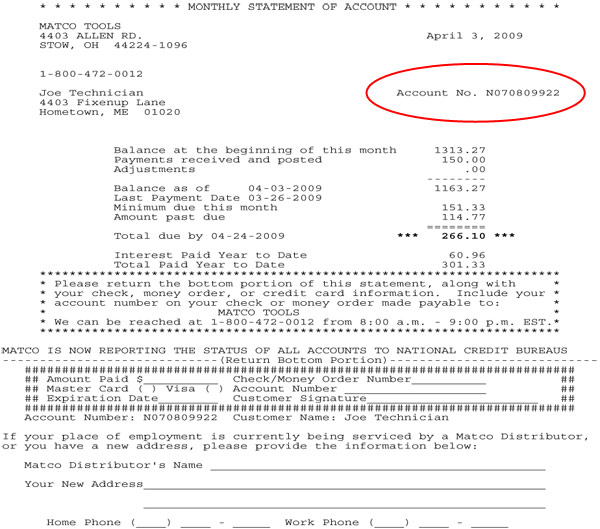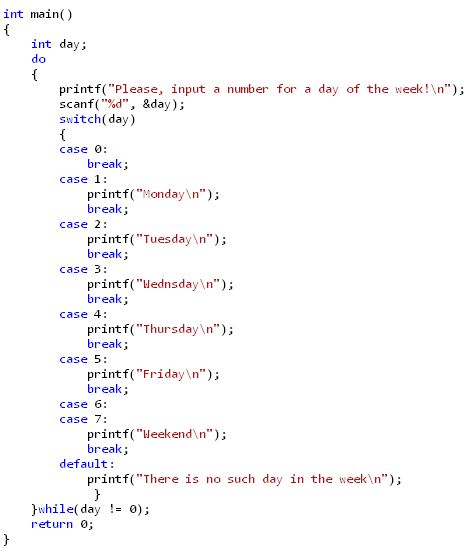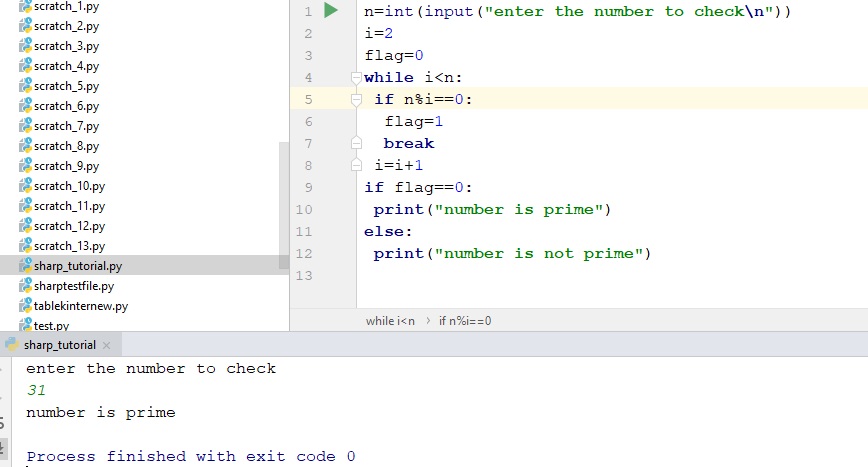

Insert into teradatapoint.employee values (106,'Parag Barman','8254066054','M','MAKETING') Step 2: Insert Record insert into teradatapoint.employee values (101,'Kalyan Roy','9620139678','M','HR') Step 1: Create Table CREATE TABLE Teradatapoint.employee emp_id emp_name emp_phone emp_gender department The remaining two departments, Engineer and HR, are each counted once because they are distinct, making a total of 3.Ĭonsider the following employee table. The DISTINCT clause only includes one intern because there are two employees who are interns. There are three distinct departments, hence the SQL statement returns 3. This SQL statement counts every unique department name in the employee table. Step 4: SELECT COUNT(DISTINCT dept) from employees Step 3: Display all Records: select * from employees INSERT INTO employees(emp_id,emp_name,dept,age)

Step 2: Insert Record INSERT INTO employees(emp_id,emp_name,dept,age) Step 1: Create Table CREATE TABLE employees( Repeated entries are only counted once when using DISTINCT to ensure this.Įxample 1: Consider the following table, employees, created as follows: The attribute column in the table's unique entries would be counted by this statement. Syntax: SELECT COUNT(DISTINCT column) FROM table The use of a multi-assign attribute produces false results. Provides a count of all non-NULL values in the collection.ĬOUNTDISTINCT can only be applied to single-assigned characteristics multi-assigned attributes are not supported. The COUNT DISTINCT function returns zero if there were no matching rows (0). Unless every value in the specified column is NULL, the COUNT DISTINCT function ignores NULL values when they are encountered. The number of distinct values in the column or expression is returned by the COUNT DISTINCT function. This will include rows with NULL values in any column to be counted.Įxample 3: Here’s an example of counting the number of rows for a column that has NULL values: SELECT COUNT(eID) as count_pet

The function will only count non-NULL values if you supply a column rather than an asterisk, as was previously mentioned.This function returns the number of rows in the table for the specified column after receiving the name of the column as an argument (for example, "id") (e.g., 5). To count the rows in a table, use the COUNT aggregate function.

In this case, COUNT(id) counts the number of rows in which id is not NULL. Instead of passing in the asterisk as the argument, you can use the name of a specific column: SELECT COUNT(id) as count_pet id eID nameĬOUNT(*) counts the total number of rows in the table: SELECT COUNT(*) as count_pet Our database has a table named pet with data in the following columns: id, eID (electronic identifier), and name. SELECT CITY,COUNT(*) as COUNT from demo_table GROUP BY CITY Įxample 2: You’d like to determine how many rows a table has. Query: SELECT AGE, COUNT(*) as COUNT from demo_table GROUP BY AGE įor counting the unique values in the CITY column. The result is 8, as we have 8 entries in our demo_table.įor counting the unique values in the AGE column. Step 6: use of COUNT without ORDER BY statementĬOUNT(column_name) counts non-NULLs only in the specified column name. Step 4: Insert data into a table INSERT INTO demo_table VALUES ('Romy',23,'Delhi'),Įxecute the below query to see the content of the table SELECT * FROM demo_table We have the following demo_table in our Student's database. Use the below SQL statement to switch the database context to geeks: USE Student We can use the following command to create a database called geeks. Now, for the demonstration follow the below steps: With GROUP BY added, we can COUNT the overall occurrences of each distinct value in the column. The number of rows in the table will be totaled if COUNT is used without the GROUP BY clause. Example 1: To determine how many rows there are for each distinct entry in a table, use the GROUP BY function.


 0 kommentar(er)
0 kommentar(er)
